Category: Blogs
-
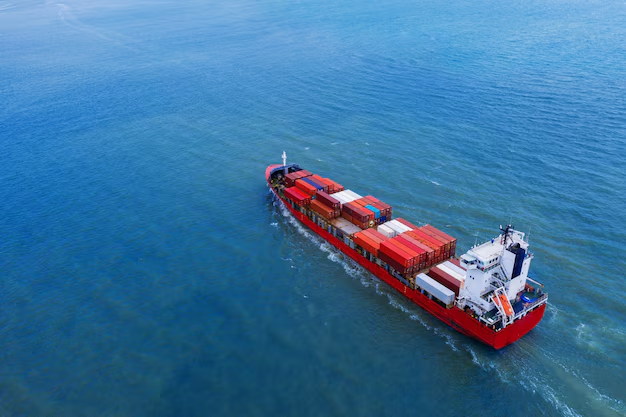
Flag of Convenience: Understanding Vessel Registration and the Flags Commonly Used in Shipping
Global shipping is a highly competitive industry, and this requires shipowners to make strategic decisions to optimise operations. One such decision involves registering vessels under a flag of convenience (FOC), a practice that has gained widespread attention for its economic and regulatory implications. Let’s explore what flags of convenience are, why they are used, and…
-

The International Maritime Organization (IMO) and What It Does
The International Maritime Organization (IMO) is the backbone of global shipping, ensuring safety, security, and environmental sustainability in maritime operations. If you’ve ever wondered how the shipping industry operates smoothly across the world’s oceans, much of the credit goes to this United Nations specialized agency. Let’s dive into its history, purpose, and vision for the…
-

Standards of Training, Certification & Watchkeeping (STCW): Ensuring Safe Seas and Skilled Mariners
While at sea, maintaining high standards for safety, training, and competence is essential. With thousands of vessels crossing international waters daily, the International Maritime Organization (IMO) has established strict guidelines to ensure that the people operating these ships are trained, certified, and prepared to handle complex situations. This is where the Standards of Training, Certification,…
-
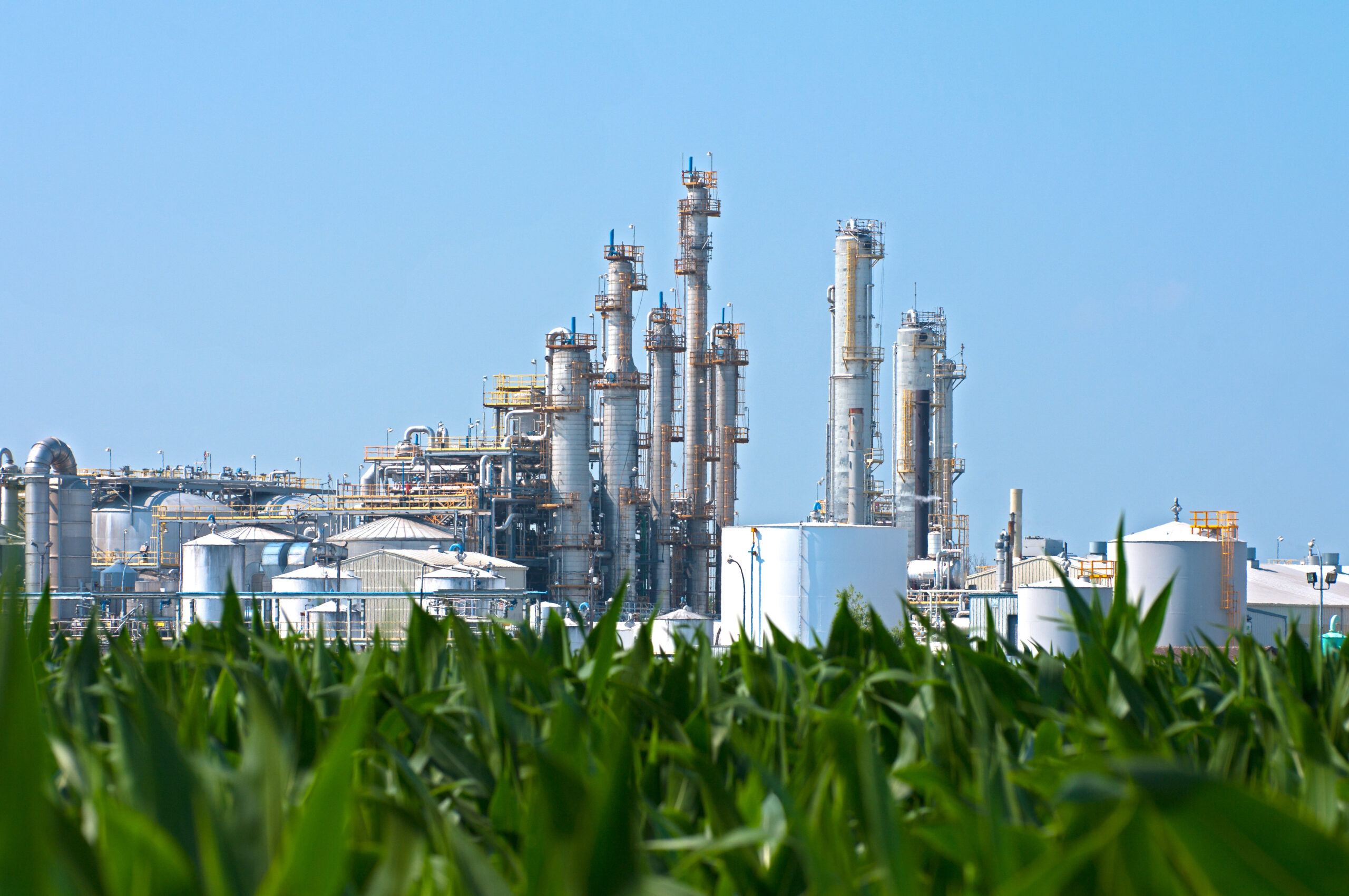
Decarbonization in Maritime Shipping: Controlling Greenhouse Gas Emissions for Energy Efficiency
As the world contends with rising global temperatures, the focus on decarbonization—or reducing carbon dioxide emissions—has intensified across sectors, including maritime shipping. This industry, a cornerstone of global trade, is also a major contributor to greenhouse gas (GHG) emissions. Reducing emissions and enhancing energy efficiency in maritime shipping is critical not only for the environment…
-
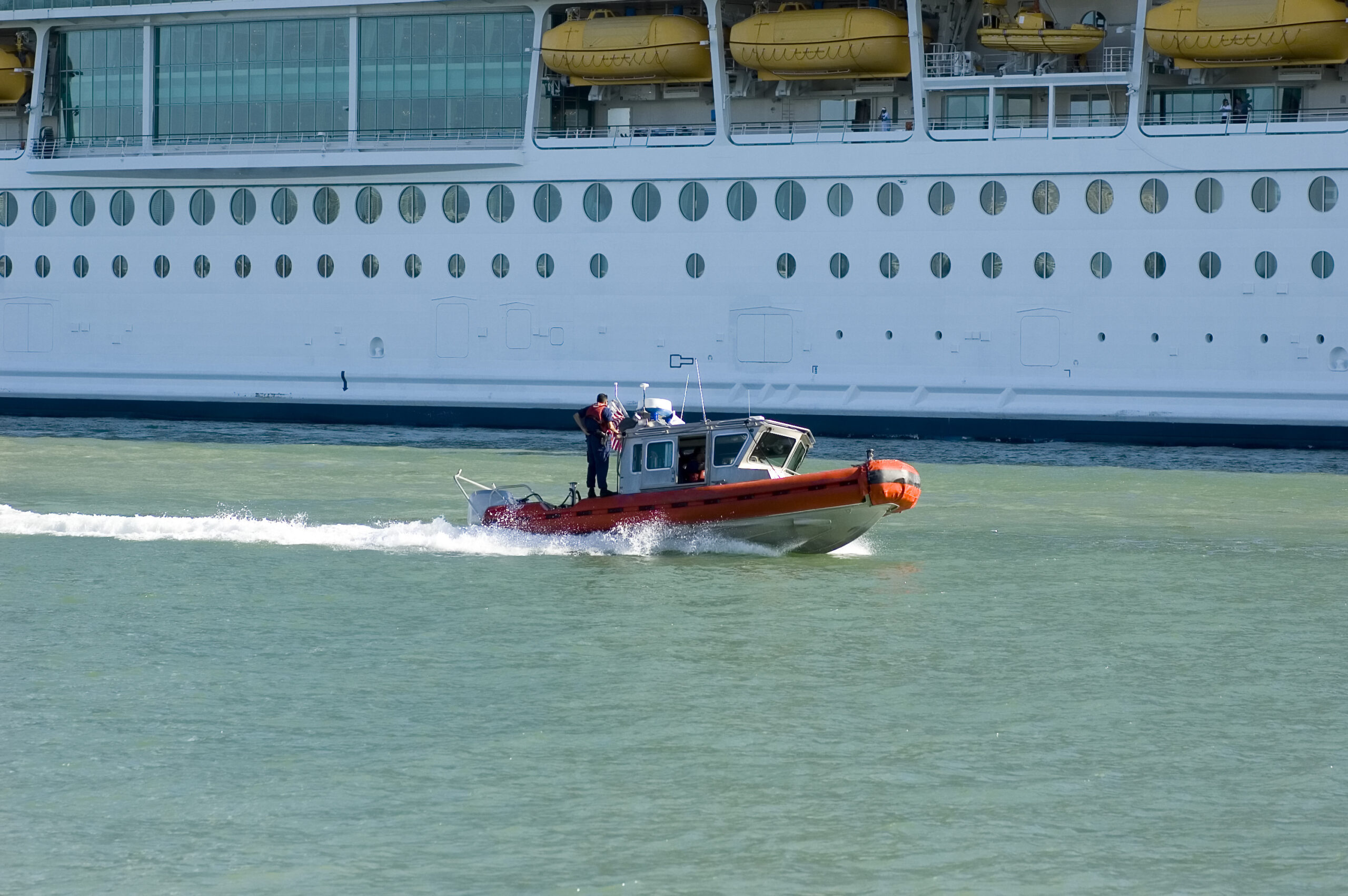
Understanding Port State Control (PSC): Keeping Ships Safe and Compliant
If you’re part of the maritime industry, you have probably heard the term “Port State Control” (PSC) inspections multiple times before. But what exactly do these inspections involve, and why are they so important? Port State Control inspections serve as important checkpoints for making sure that foreign vessels entering national ports comply with international safety,…
-

Hull Design: Understanding Hull Types and Ship Design Capabilities
The hull is the heart of any vessel, its essential structural component that protects everything within it. From the cargo to the engine, and even the crew, boat hulls act as watertight enclosures that shield against the elements, structural damage, and more. However, the design of a hull is far from simple. The shape and…
-
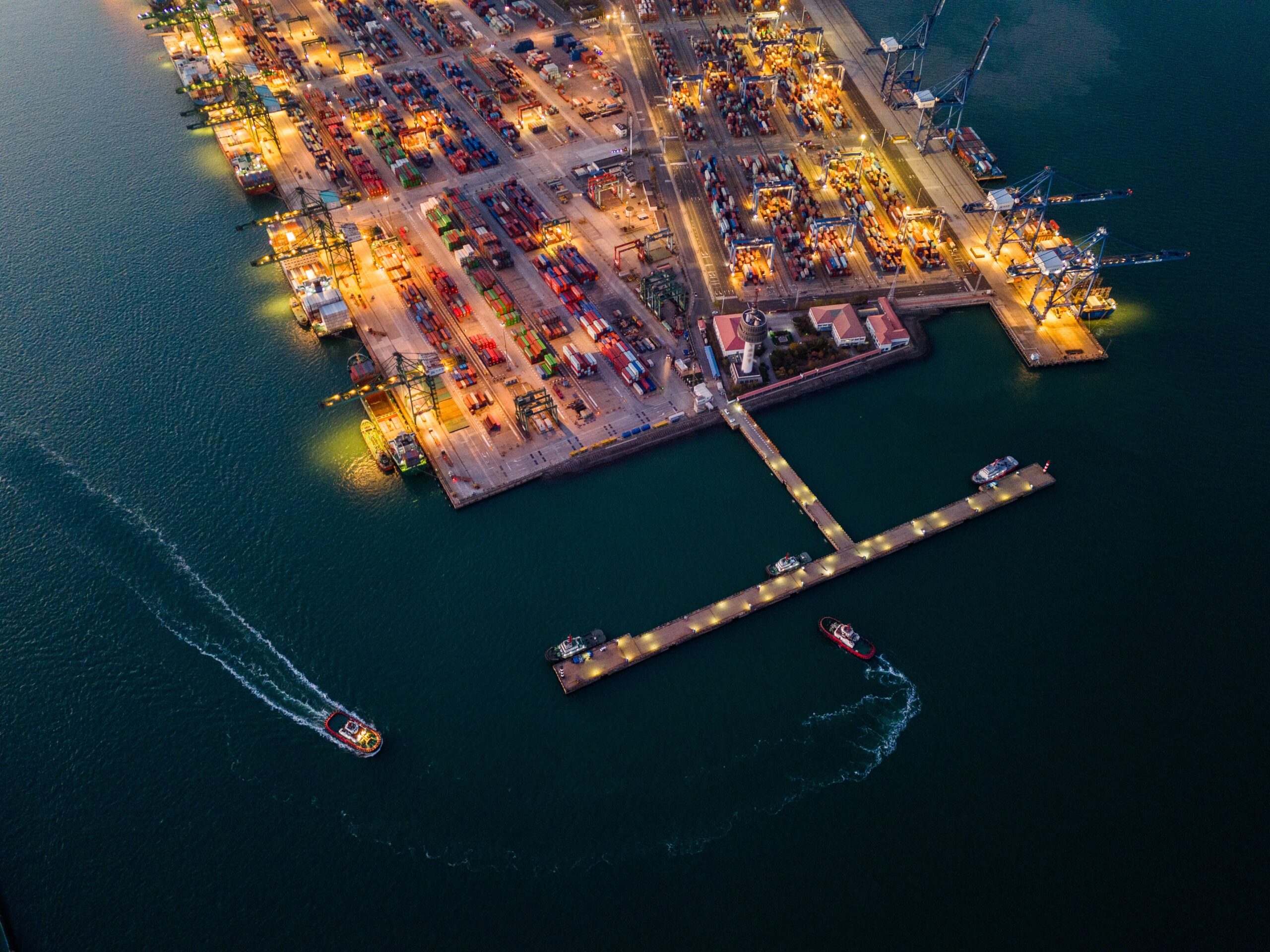
The World’s Major Maritime Trade Routes: Connecting the Globe
The World’s Major Maritime Trade Routes: Connecting the Globe Ever wondered how all the products we use every day make their way across the world? The answer lies in the maritime trade routes that keep global trade moving. These major sea trade routes are like highways in the ocean, allowing ships to carry goods across…
-
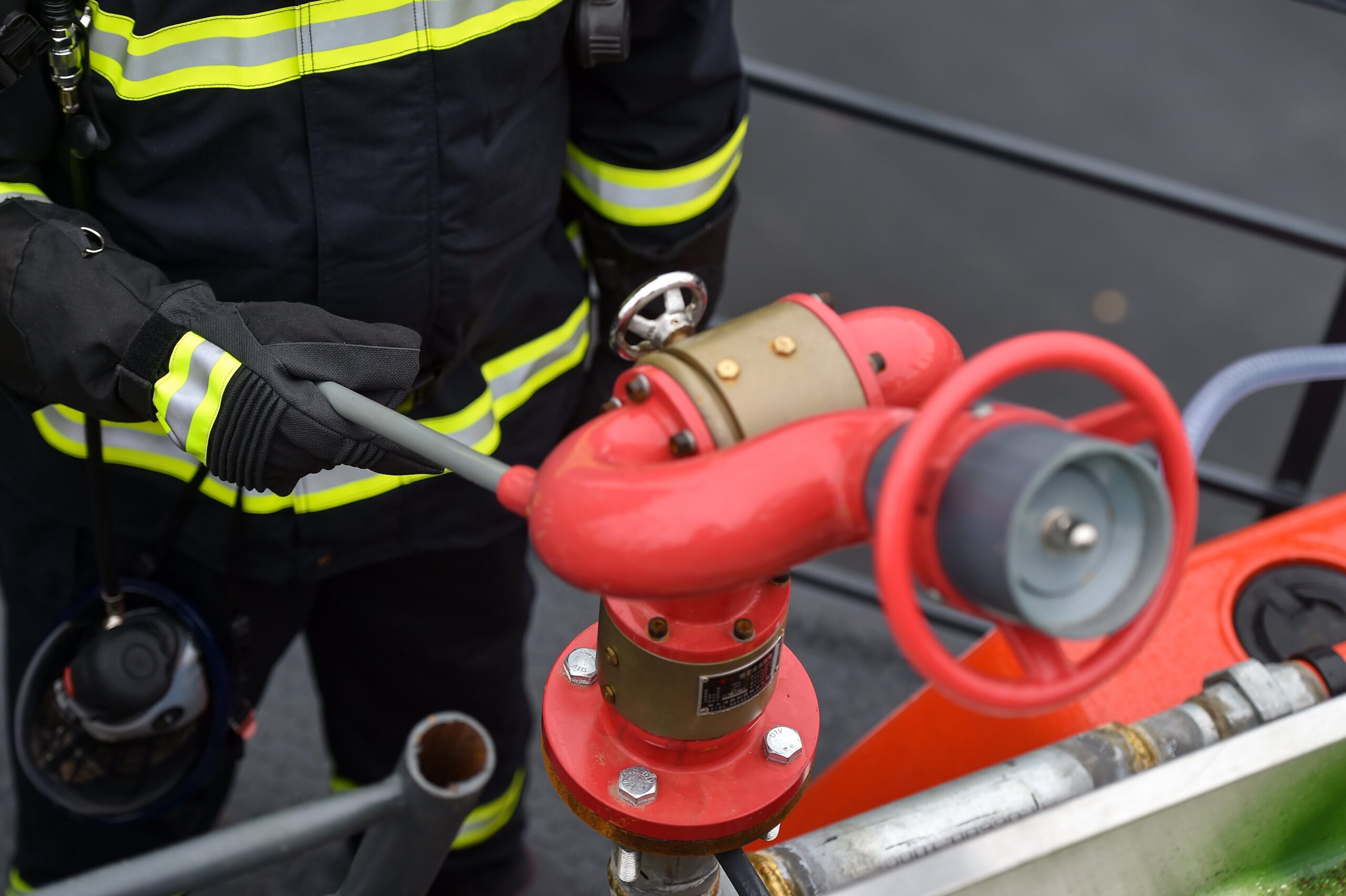
Shipboard Firefighting Systems: An Essential Guide to Fire Safety at Sea
Fire safety on ships is one of the most important aspects of maritime operations. With the constant presence of flammable materials, high temperatures in machinery areas, and confined spaces, the risk of fire is a serious concern. That’s why firefighting systems for ships are so important for every vessel’s safety framework. These various fire safety…
-

Green Shipping: The Future of a Sustainable Shipping Industry
Shipping and maritime trade is a critical part of global trade, moving goods across the world’s oceans efficiently. But this efficiency usually comes with a significant environmental cost. Traditional shipping methods contribute to pollution and climate change. That’s why we need green shipping for a cleaner, more sustainable approach to the maritime industry. What is…
-

The Importance of Marine Lubricants and Engine Oils for Ship Engine Optimization
Marine lubricants and engine oils play an important role in ensuring the smooth operation and longevity of ships’ engines and equipment. While at sea, vessels can be exposed to extreme conditions and the need for engine lubrication becomes even more important. Without proper lubrication, particularly engine oils, the machinery on board can suffer from wear,…